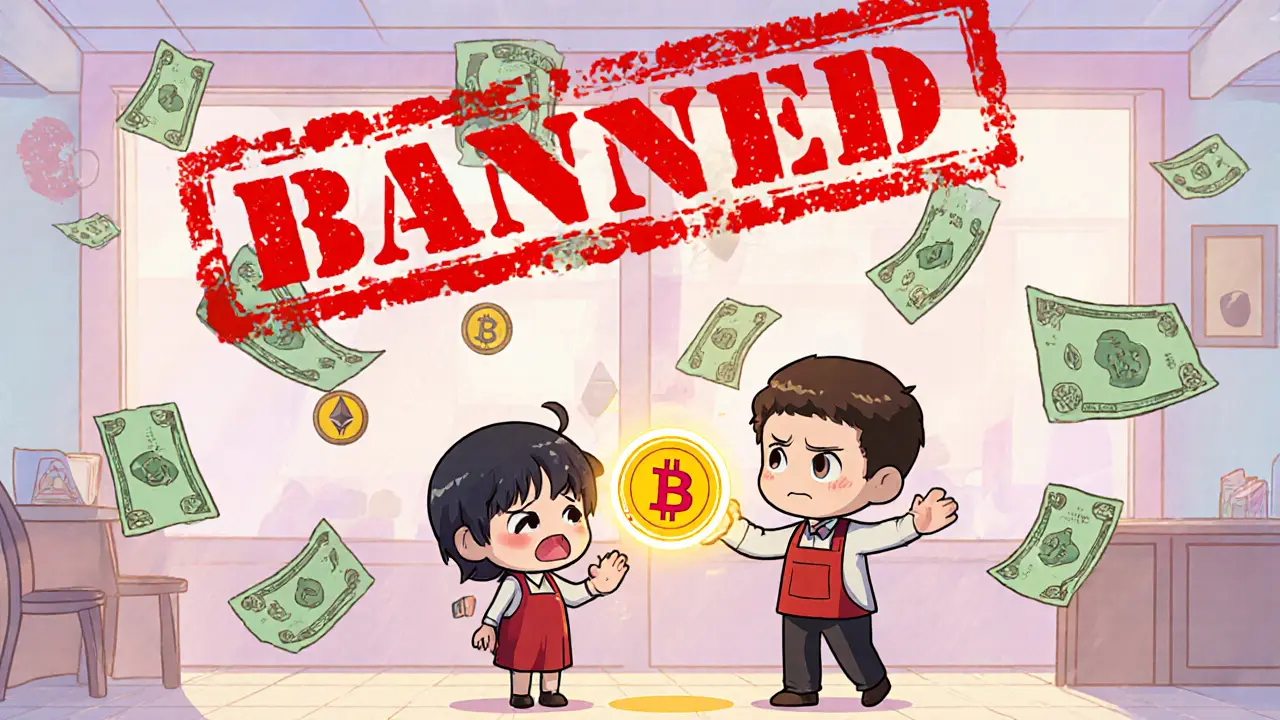Crypto Payments Banned: Where and Why Cryptocurrency Transactions Are Blocked
When you hear crypto payments banned, the restriction or prohibition of using cryptocurrencies for transactions by governments or financial institutions. Also known as cryptocurrency bans, it’s not just about fear of decentralization—it’s about control, taxation, and financial stability. More than 30 countries have moved to restrict or fully ban crypto payments, not because Bitcoin or Ethereum are magic money, but because they break the old rules of banking and surveillance.
Some places, like Egypt, a country where banks are legally required to monitor all crypto transactions under strict central bank rules, treat crypto like a shadow economy. Others, like Australia, a nation that has forced exchanges to block privacy coins to meet anti-money laundering standards, don’t ban crypto outright—they just cut off the parts they can’t track. Then there’s Iran, where mining is allowed but tightly controlled through licensing and data reporting to the state. These aren’t random policies. They’re responses to real problems: tax evasion, capital flight, and the loss of monetary sovereignty.
It’s not just governments. Exchanges like Binance, a major crypto platform that restricts services in over 70 countries due to local laws, have to pull out of regions where crypto payments are illegal. That means if you live in one of those places, you can’t use popular apps to buy, sell, or send crypto—even if you’re just trying to send money to family abroad. And when exchanges shut down access, people turn to P2P networks or risky platforms with no KYC, like DueDEX, a no-KYC exchange that offers high leverage but has almost no verified trading volume. That’s where scams thrive.
What you’ll find below isn’t a list of banned countries. It’s a look at what happens when governments say no to crypto payments—and how users, traders, and developers are adapting. From Egypt’s transaction monitoring to Australia’s privacy coin crackdown, these stories show the real-world impact of regulation. You’ll see how low-liquidity tokens like ARX and DPINO get caught in the crossfire, why meme coins like LEE and SHIBAI don’t stand a chance in strict markets, and how Layer 2 solutions are becoming a workaround for high fees and slow transactions in restricted zones. This isn’t theory. It’s what’s happening right now, on the ground, in places where crypto payments are banned—and what you need to know to stay safe if you’re in one of them.
